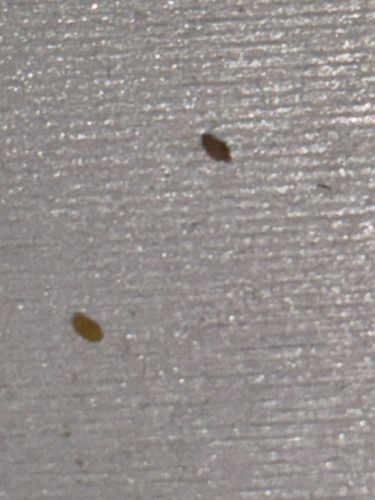Bed Bug
Scientific Name: Cimex lectularius
Order & Family: Hemiptera (Order), Cimicidae (Family)
Size: Adults are typically 4-5 mm (about 3/16 inch) long; nymphs are smaller and translucent.

Natural Habitat
Primarily found indoors in human dwellings, particularly bedrooms. They inhabit mattresses, box springs, bed frames, headboards, upholstery, cracks in walls, electrical outlets, and any small crevice close to a human host.
Diet & Feeding
Exclusively feed on the blood of warm-blooded animals, primarily humans, but can also feed on pets.
Behavior Patterns
They are nocturnal and typically hide during the day in crevices, mattresses, bed frames, and other furniture. They often feed on sleeping hosts, with bites usually occurring in a linear pattern. Immature bed bugs (nymphs) molt several times, requiring a blood meal between each molt to reach maturity. Adults can live for several months to a year without feeding, making infestations persistent.
Risks & Benefits
Risks: Bed bug bites can cause itchy welts, skin irritation, and allergic reactions in some individuals. While not known to transmit diseases, severe infestations can lead to anxiety, insomnia, and secondary skin infections from scratching. Benefits: No known direct benefits to humans or the ecosystem; they are considered pests.
Identified on: 8/29/2025